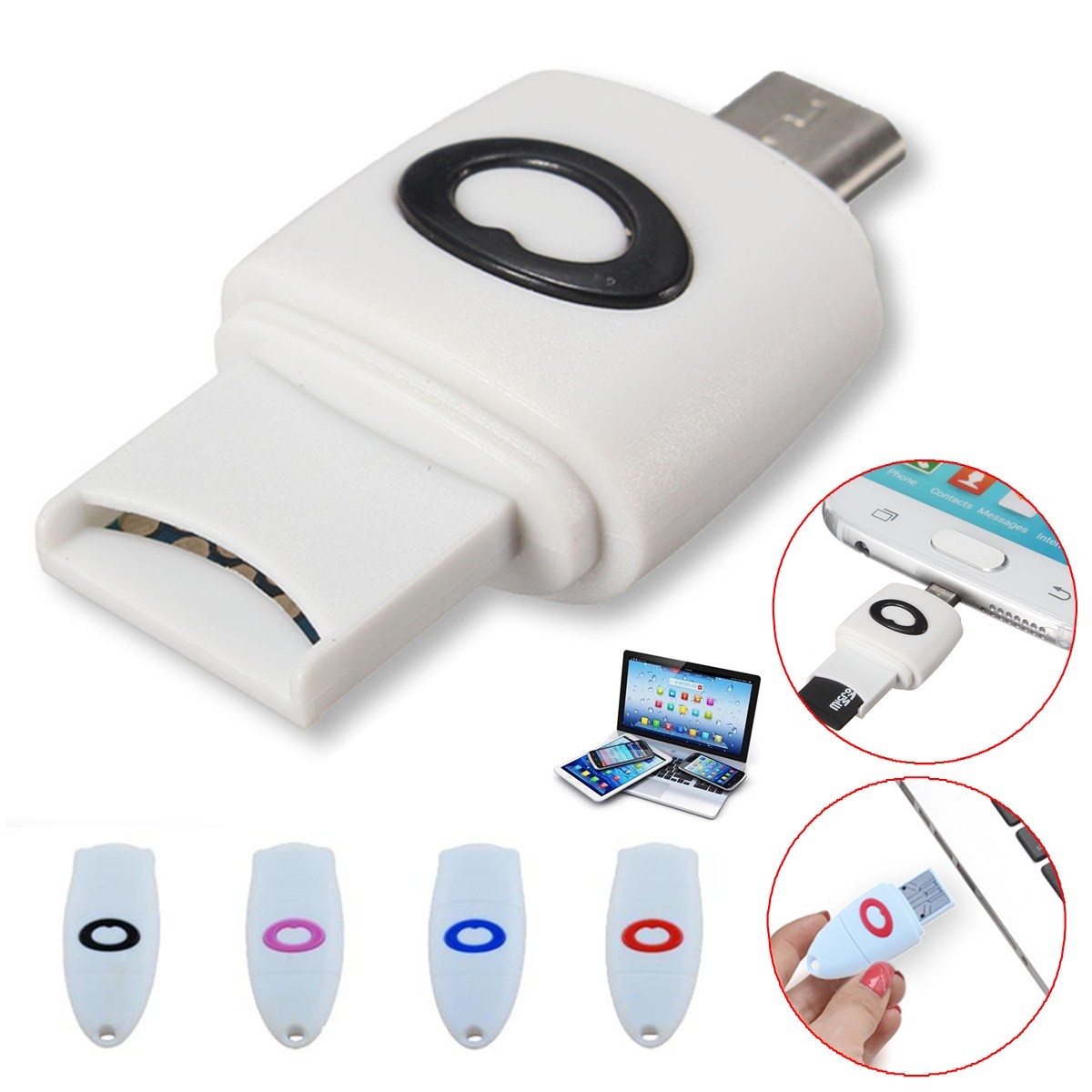Change Sd Card Serial Number Windows
Hi friends, Here is my project on interfacing of SD Card (microSD). MicroSD cards are available very cheap nowadays, a great option for having a huge memory in any. Jul 24, 2017. If you have a Windows 10 tablet or laptop PC with a small amount of storage, an SD card may be the ideal way to expand its storage—both for apps and other types of content. First, you'll need to. Change the above setting and new apps you install will be stored in the location you choose. However, any. In looking over the supplied software from iGO, I noticed that there is one file called license.db which seems to contain the CID number of the card. I thought I would experiment with putting their app on a larger card and hacking that file to change the number to the CID of the larger card - except that I can't.
Hi friends, Here is my project on interfacing of SD Card (microSD). MicroSD cards are available very cheap nowadays, a great option for having a huge memory in any embedded system project.

It is compatible with SPI bus, so the interfacing is easy. SD card adapters are also easily available in market, one can easily make a bread-board adapter by soldering few pins on it.
Following figures show the SD card pin-out & the bread-board adapter design by soldering 7-pins of a breakout header on the microSD adapter (Click on images for larger view). I had started this project with 1GB microSD card from SanDisk (later on tested with transcend cards also). The microcontroller is AVR ATmega8 or ATmega32 running at 8Mhz internal clock. MAX232 is used to interface the circuit with PC for monitoring the data. A 3.3v supply is used for powering the mega8, microSD and max232 (though the specified supply for max232 is 5v, it works comfortably at 3.3v).7 pins of the microSD are used here, shown in the figure of pin-out.
Schematic for ATmega8 is shown here ( updated on 10 May 2010, SD series resistors are removed, as they were limiting the speed of SPI bus. 51k pullups are added on CMD/DAT lines. This gives better stability with different cards. Also, two 3. Download Anime Katekyo Hitman Reborn 360p. 6v zeners are added to protect SD in case when the ISP programmer voltage levels are of 5v. These diodes are not required if your programmer has settings for 3.3v output) (Note: VCC & GND pins of MAX232 are not shown in the schematic, but they must be connected in the actual hardware) Following is the schematic for ATmega32, without RTC (updated on 10 May 2010): Following is the schematic for ATmega32, with RTC (added on 17 May 2010; CS pin correction, PB4 instead of PB1, done in Mar 2014).

Here two supply voltages are used, 3.3v for SD & 5v for remaining ICs. The aim of this project was to learn interfacing of SD card and to understand the data transfer in raw format as well as in FAT32 format.
I started with raw data transfer, sending some data to any block of the microSD, reading a block of it, reading and writing multiple blocks, erasing multiple blocks. All this in raw format. I used RS232 for viewing the data read by microcontroller from SD card. The uc sends the data to HyperTerminal. Similarly, to write data to card, the data was fed thru HyperTerminal, by typing some text. Once raw data transfer achieved, I formatted the card with windowsXP (FAT32) and loaded it with some text files, directories and other files (all stored in root directory of the card).
After that I wrote the FAT32 routines to read files, get file list (using HyperTerminal again), finding the total/free memory of card. All this data is sent to HyperTerminal by the uc.
Following is the HyperTerminal window showing different options: Options 0 to 4 are low level functions dealing with raw data. If you use option 0, 1 or 3, you may have to reformat the card before using the FAT32 routines. 0: Erases selected number of blocks strating from selected block 1: Writes data to specified SD block address. Data to be entered in HyperTerminal using PC keyboard 2: Readss data of specified SD block address.
Data is displayed on HyperTerminal window 3. Adobe Offline Activation Response Code Generator. Writes selected number of blocks strating from selected block 4. Reads selected number of blocks strating from selected block Here, the multiple-block functions related to options 3 & 4 are disabled due to memory constraint as that time mega8 was used for testing and these functions are not required for FAT32 testing. While testing with mega32, options 3 & 4 can be enabled by removing a macro (#define FAT_TESTING_ONLY) defined in SD_routines.h. Options 5 to 9 are related to FAT32.
Only short file names are supported right now, 8byte name+3bytes extension. If you store a long name file in SD, it will be displayed by these routines in short name format only. For testing these options, format the card with FAT32 file system and store some directories and text files (because text files can be read & checked thru HyperTerminal). 5: Displays list of available directories and files with size (in the root directory of the card) 6: Reads a specified file and displays the file contents on HyperTerminal 7: Create/Append file with specified name, enter text from HyperTerminal 8: Deletes any existing file with specified name 9: Displays total & free memory of the card (using FSinfo sector of the SD card) Following figures show the HyperTerminal window when options 5 & 9 are selected: ( These figures show menu from Ver2.3 or earlier. Menu style is changed from Ver_2.4 onwards, which is shown in the update history ) Note: HyperTerminal is used here at 19200 baudrate, No parity, Flow Control 'none'. This project needs very few components and can be done easily at home.



